Private Harold Frederick Hodge: 52nd Battalion (No. 3166)
By JOL Admin | 21 December 2015
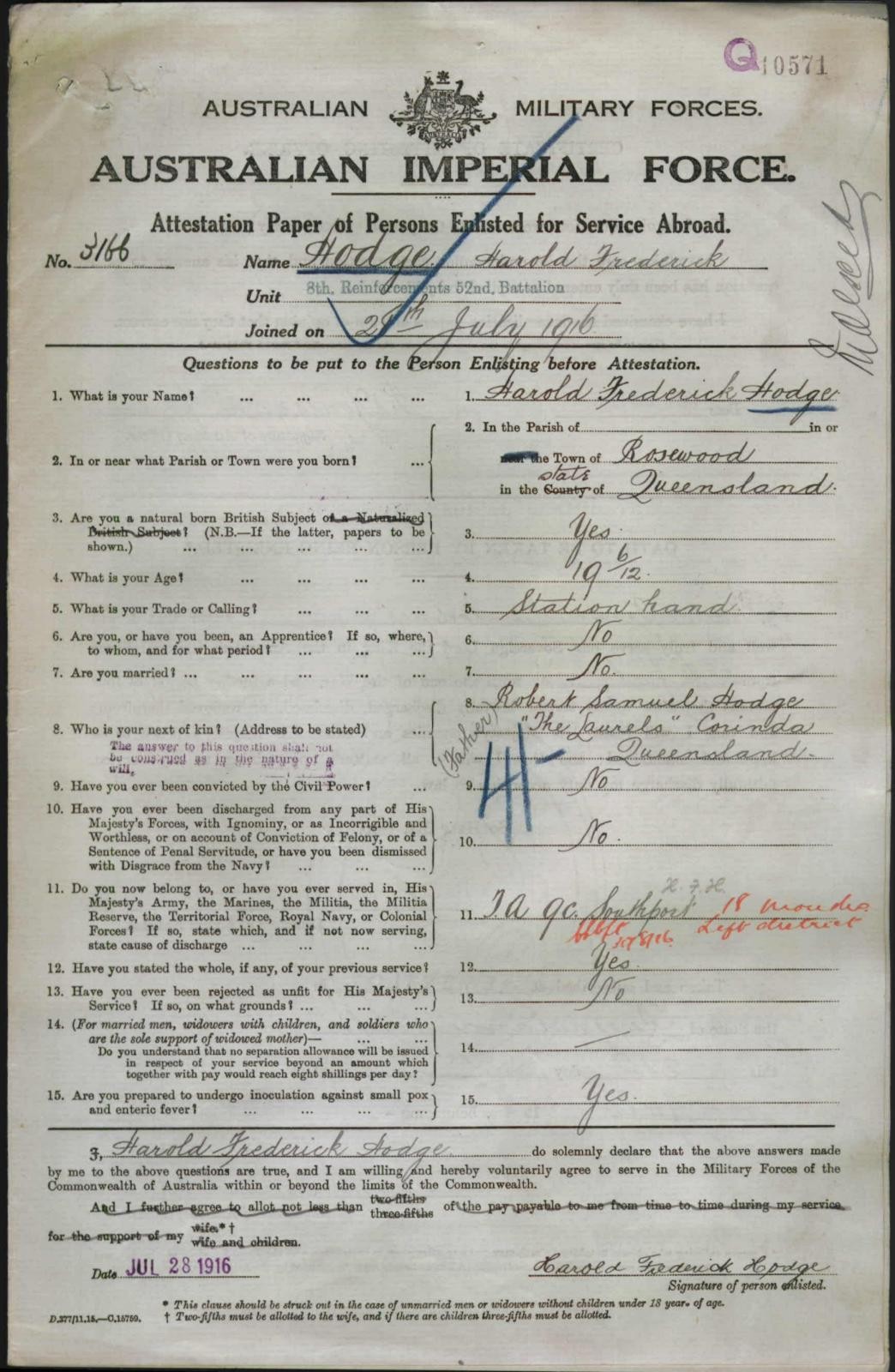
chendaele Enlistment record for Harold Frederick Hodge. (Australian National Archives)
Guest Blogger: Ian Lang, researcher, Sherwood Shire War Memorial
Harold Hodge was born in Rosewood where his father, Robert Samuel Hodge was engaged in the rural produce business. He attended the local school before attending Southport High School (now The Southport School) along with his brother John who was twelve months younger than Harold. Both boys were members of the school cadets.
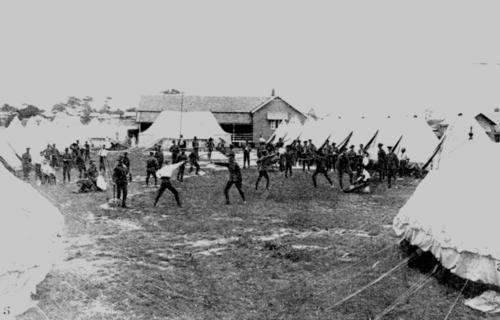
School cadets at Southport School, ca. 1907. John Oxley Library, Negative No. 184049
In 1909, Robert Hodge was elected to the Queensland Lower House as the Member for Burnett. Robert was subsequently elected as the member for Nanango, a position he held until 1920. As a member of the Legislative Assembly, Robert obviously decided that he needed a Brisbane residence when parliament was sitting and the family moved to “The Laurels” Corinda. (Not to be confused with a famous property of the same name at Chelmer)
By 1916, both Harold and John were working as station hands in Central Queensland. They both enlisted on the same day, 28th July 1916 in Emerald. Harold was 19 and John was 18. Since both were under 21 they would have needed their parent’s written permission, but no such documents are evident in either file.
The brothers travelled to Brisbane, no doubt visiting their family at Corinda before reporting to Enoggera where they were both drafted into the 52nd Battalion. The 52nd was a battalion comprised primarily of men from South Australia, Western Australia and Tasmania. The unit had received a severe mauling at Mouquet Farm near Pozieres in September 1916 and was in desperate need of reinforcements. Harold and John were placed in the same platoon at Enoggera and embarked on the “Demosthenes” from Sydney on 23rd December 1916. The practice of placing brothers or mates who enlisted together in the same battalion or company was wide spread throughout the AIF and in some way contributed to the strong bond of mateship born out of the AIF.
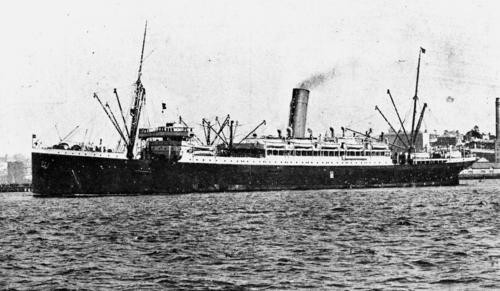
Troopship "Demosthenes". John Oxley Library, Negative No. 67449.
The reinforcements landed in Plymouth on 3rd March 1917 and proceeded to Codford camp where both boys were hospitalised with mumps. On 26th April the pair were posted to the 13th Training Battalion at Sutton Veney. On 9th June, John and Harold were absent from camp for 18 hours, and were each admonished by the Battalion CO and fined one day’s pay.
The brothers arrived in France on 26th June and were taken on strength by the 52nd in Flanders on 16th July. Harold and John remained in the same platoon and began training for the unit’s next action in the drawn out battle of Passchendaele.
On the 18th October 1917, while holding the line at Polygon Wood, Harold Hodge was killed by an artillery shell blast. His brother John who was close by received massive wounds to his chest and thigh from the same blast. Red Cross reports indicate that Harold was buried in a marked grave behind the trench line. At the end of the war, the Imperial War Graves Commission consolidated isolated burials into military cemeteries. Harold’s remains were reinterred at Dochy Farm New British Cemetery at Passchendaele and his parents, Robert and Elizabeth received his personal effects and photographs of his grave.
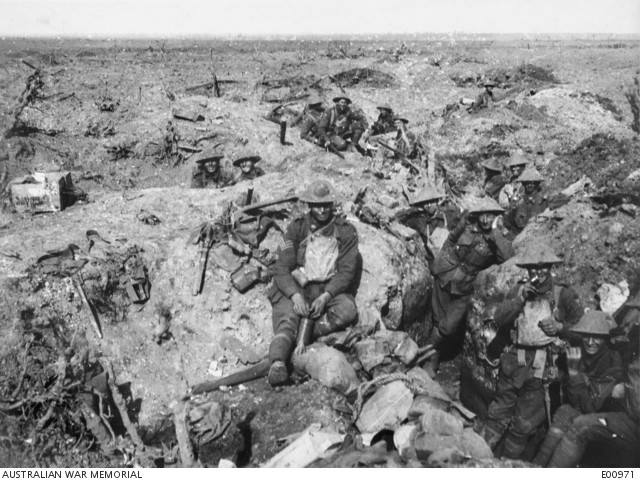
Australian troops manning shell craters at Polygon Wood, Belgium, 21 September 1917. Australian War Memorial. Image No. E00971.
John Hodge was evacuated to military hospitals in England where his wounds were assessed to be permanently debilitating. He was repatriated to Australia and discharged as medically unfit in January 1918.
Robert Hodge had suffered greatly with the death and maiming of his two boys. He died in 1924 at the age of 57 and is buried in the Sherwood Anglican Cemetery on Sherwood Road.
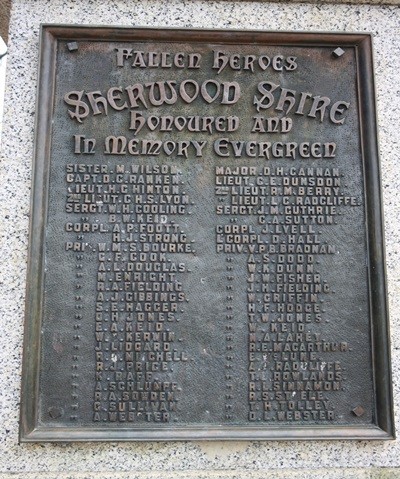
Comments
Your email address will not be published.
We welcome relevant, respectful comments.